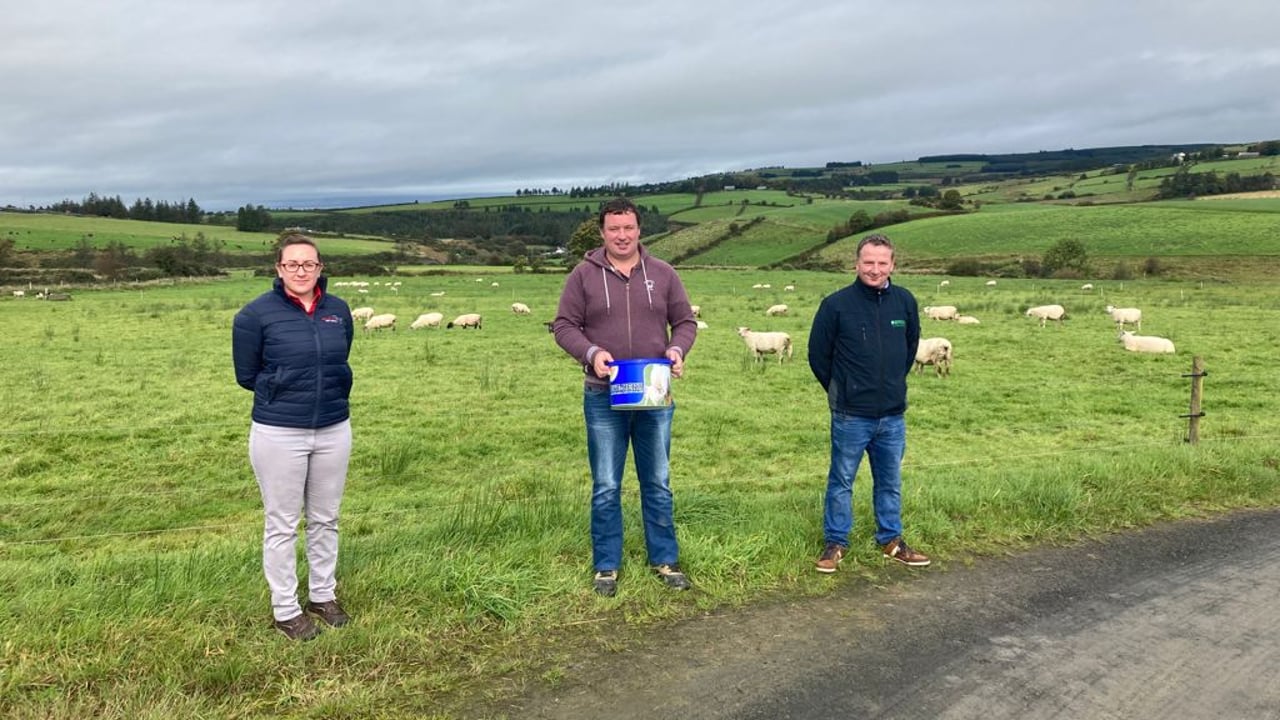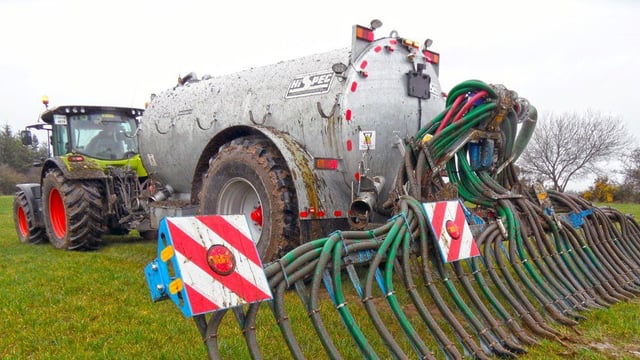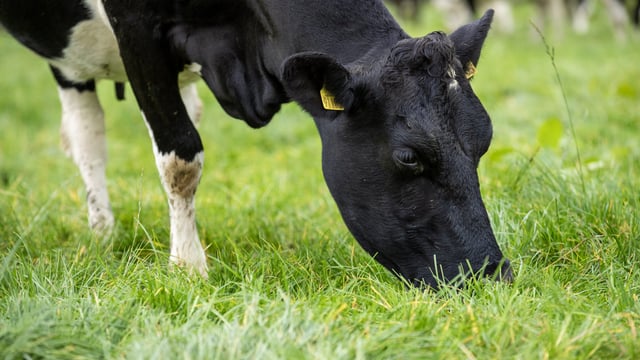Sponsored Article

Sponsored Article
Triplets achieve growth average of 350g/day on Kerry sheep farm
Sponsored Article

Concentrate intake of triplet lambs reared on a ewe milk replacer at a Co. Kerry sheep farm was more than 300g at weaning.
Michael Carroll, who farms near Rockchapel, adopted an artificial feeding system after 30 ewes gave birth to triplets.
He had traditionally run a flock of mostly Belclare-cross Suffolk and Charolais-cross Suffolk ewes producing singles and twins, but since 2021 he invested in more prolific ewes in-lamb to triplets.
With the prospect of a sharp increase in artificially reared lambs, Michael put a plan in place, in combination with Noel Fealey Kellihers Feed and Agri Ltd., purchasing Ewe-reka, the only lamb milk on the market made with ewe milk and which can be fed cold to prevent gorging.
Using a bucket with non-return valve teats, Michael manually mixed the milk replacer warm once or twice daily and left it to the lambs to consume at their leisure.
“It is such a simple system with very little investment costs,’’ he said.
Feeding it cold and ad-lib to lambs allows them to remain satisfied and reduces the risk of gorging.
Dr. Christine Cummins of Bonanza Calf Nutrition, the company that manufactures Ewe-reka, said lambs have a poorly developed sixth sense for monitoring their milk needs.
“This means they can accidentally gorge on warm milk, increasing the risk of digestive upset and bloat,’’ she said.
Michael’s triplet lambs were born in April and May. He chose to leave twins on all ewes that were in a position to feed them.
“I left the even lambs on the ewe as competition would be more fair, this typically worked out as mostly female lambs,’’ he said.
All lambs remained with the ewe for up to 36 hours and were then fed three or four bottles of warm milk.
The lambs earmarked for rearing on Ewe-reka were housed in groups of seven or eight for the duration of milk feeding and flourished.
“They were flying; no upsets, no scour, no bloat,’’ Michael said.
Ewe-reka contains ewe milk which not only adds specific sheep antibodies but also enhances the aroma, encouraging consumption and easing the transition for the lambs.
Each pen was offered fresh water ad-lib with starter pellets.
“They were thriving and really tucked into the meal,’’ said Michael.
At weaning, at approximately six weeks of age, lambs were consuming 300-400g of lamb feed.
Dr. Cummins said Ewe-reka provides lambs with ample nutrients to allow them to thrive but without creating a feeling of being overfull.
“It encourages them to eat concentrates, a feed critical to the development of their digestive system, and the ability to thrive post-weaning,’’ she said.
Michael’s lambs were strong and took well to weaning; they continued to consume meal indoors before being transferred outdoors to begin grazing.
While grazing, Michael continued to offer lambs pellets through a lick feeder system.
“They did really well from start to finish, they were as good, if not better, than the lambs on the ewes and many caught up with the earlier born lambs,’’ he said.
He monitored their weights and recorded growth averaging more than 350g/day. Some of the later-born triplets were ready for slaughter at the same point as older lambs.
Of all lambs slaughtered, approximately 65% were U-grade and the rest were R-grade, and were close to 50% kill-out rate, heavier than Michael expected.
He supplied the heaviest to a butcher.
Michael said he was so pleased with Ewe-reka and the simplicity of the system that he will be using it again.
“It was very easy to prepare the milk, it was lovely to mix. It is definitely something I will be pursuing going forward.," he said.
For more information on Ewe-reka, click here.
Sponsored Article






